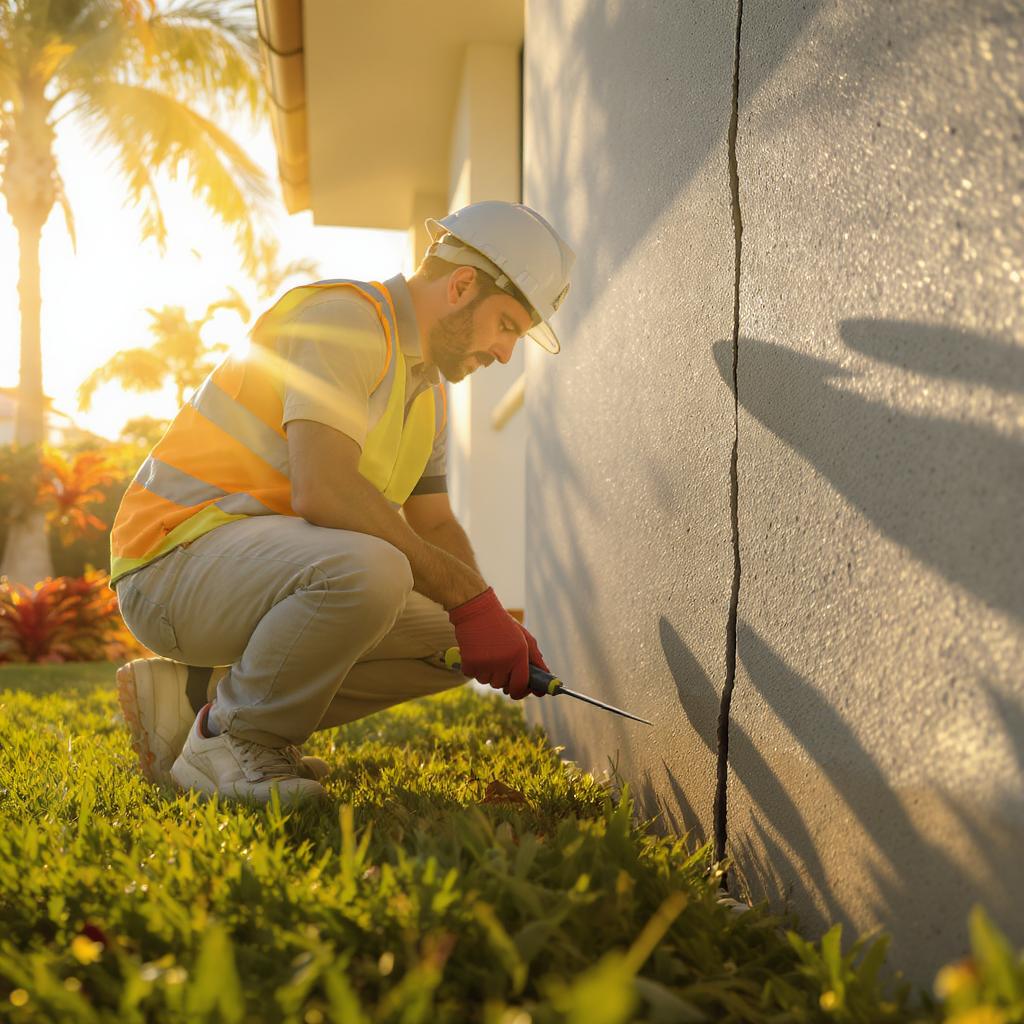
What are we talking about? Foundation repair involves inspecting and reinforcing structural bases of homes. In Miami, factors like high water tables, expansive clay soils and hurricane forces demand tailored solutions to stop cracks, settling and moisture damage.
Why is it important? Early detection and correction protect your investment, prevent costly failures and ensure safety. Ignoring warning signs—uneven floors, sticking doors or visible fissures—can lead to major structural issues, reduced property value and even health hazards from mold intrusion.
How do you do it? Builder.Miami follows a rigorous, ASTM‐aligned process:
- Comprehensive site evaluation: Visual surveys, moisture measurements and soil probe tests gather key data.
- Precision mapping: Laser leveling tools record deviations within millimeters to guide targeted repairs.
- Geotechnical analysis: Engineer‐backed reports recommend underpinning methods like helical or push piers.
- Execution of repairs: Underpinning, slabjacking, drainage installation and waterproofing membranes restore stability and block moisture.
- Quality materials: High‐strength, shrink‐resistant concrete and corrosion‐resistant steel meet ASTM and Miami‐Dade codes, verified via supplier vetting.
- Documentation & communication: High‐resolution photos, condition reports, transparent estimates and warranty agreements keep homeowners informed.
What if you don’t (or want to go further)? Without action, minor cracks can widen, moisture intrusion can cause mold and insect issues, and settlement can compromise structural safety. To go further:
- Preventive maintenance: Keep gutters clear, maintain uniform soil moisture and schedule annual inspections.
- Advanced monitoring: Install sensors for real-time moisture and movement alerts.
- Ongoing support: Enroll in service agreements for periodic check-ups and rapid response to new concerns.
